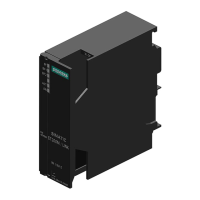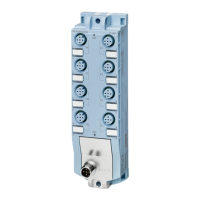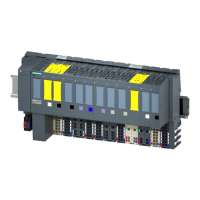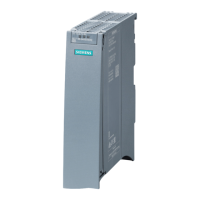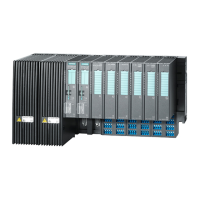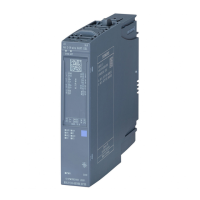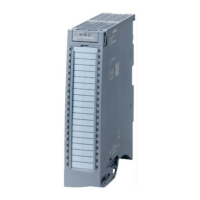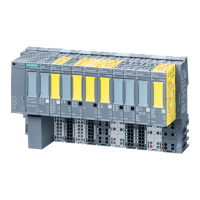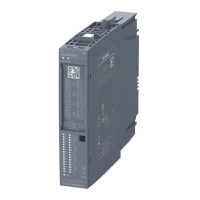SIMATIC – ET 200pro motor starter
GWA 4NEB 950 5661-02 DS 04
8-3
8.2 Properties of the motor starters
8.2.1 ET 200pro motor starter DSe ST, RSe ST
• DSe ST are motor starters for a single direction of rotation that can be can be
used in the decentralized peripheral device ET 200pro
• RSe ST are motor starters for two directions of rotation with mechanical lock-
ing of clockwise and counterclockwise operation that can be used in the
decentralized peripheral device ET 200pro
• are suitable for switching and protecting 3-phase current consumer units up
to 5.5 kW at AC 400 V
• are available in 2 setting ranges with 0.15 - 2 A and 1.5 - 12 A
• are equipped with SIRIUS contactors
• Have a parameterizable electronic overload protection
• Residual current detection integrated
• Asymmetry detection integrated (fixed limit value 30% I
e
)
• The actual power is measured and transferred for evaluations
• Recording of the switching state of the contactor
• Available diagnosis information of the motor starter (see Table 4.4)
• Integrated logbook functions with 3 device logbooks
• Integrated statistics data memory
• Display of switch state and motor starter status via LEDs
• Optionally available with activation for externally supplied brake with 400 V
• Short-circuit protection via 3 fusible links, which means they can also be oper-
ated without a maintenance isolating module / external short-circuit protec-
tion
• Separate voltage supply for
– Bus interface, electronics
– Contactor coils
• Manual control and local parameterization via optical device interface is possi-
ble
• The power infeed, power loop-through and load feeder are at the front via
power connectors with locking clips
• Firmware update via the optical device interface by qualified personnel is pos-
sible
8.2.2 ET 200pro motor starters DSe HF, RSe HF
• Have the same basic properties as DSe ST and RSe ST motor starters
• Have 4 additional digital inputs for 2-wire and 3-wire sensors with LED dis-
play. The inputs can be used additionally for parameterizable local control
functions.
• have extended parameterization options
• Upper and lower current limits can be specified and monitored for system
and process monitoring
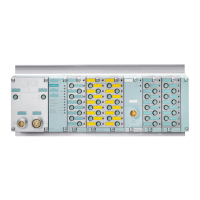
